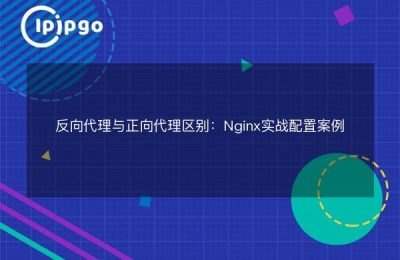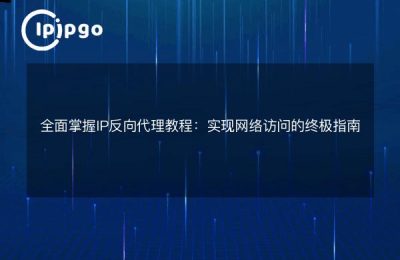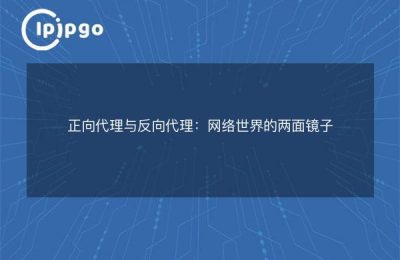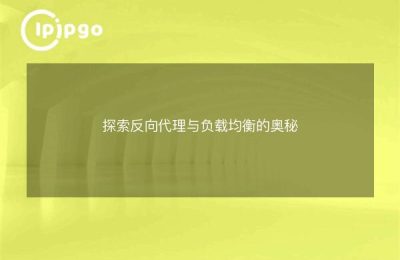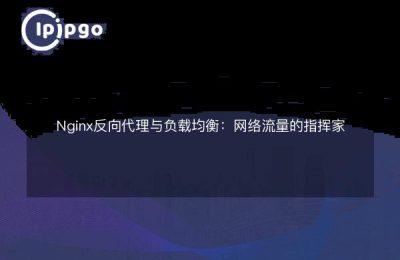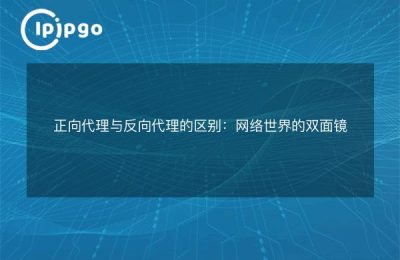
In the Internet server architecture, reverse proxy is a common configuration, through the reverse proxy function of nginx can realize load balancing, security filtering, website acceleration and many other functions. Next, we will introduce in detail the configuration method of nginx reverse proxy and related considerations.
nginx reverse proxy configuration
First, we need to specify the target server for the reverse proxy in the nginx configuration file. Assuming we want to forward all requests from the /api path to the internal server on port 192.168.1.100:8080, we can configure it like this:
"`nginx
location /api {
proxy_pass http://192.168.1.100:8080.
}
“`
In the above configuration, we used the location directive to match the request path and then used the proxy_pass directive to forward the request to the target server. In addition to simple path matching, we can also configure more complex rules, such as using regular expressions to match multiple paths, or configuring multiple proxy servers for load balancing.
nginx reverse proxy configuration notes
There are some common considerations that we need to be aware of when doing nginx reverse proxy configuration. The first one is the health status check of the target server, we need to check the availability of the target server periodically to avoid sending requests to unavailable servers. The second is request header forwarding. In some cases, we need to pass some header information of the original request to the target server, which requires us to set it accordingly in the configuration. Lastly, logging and performance monitoring. We need to configure nginx's logging feature to record the reverse proxy's requests and combine it with performance monitoring tools for real-time monitoring.
In summary, the nginx reverse proxy is a very powerful and flexible feature that can help us realize a variety of complex architectural requirements. When configuring it, we need to carefully consider the availability of the target server, the processing of request headers and performance monitoring to ensure that the reverse proxy can run stably and reliably. I hope this article is helpful to you, thanks for reading!

